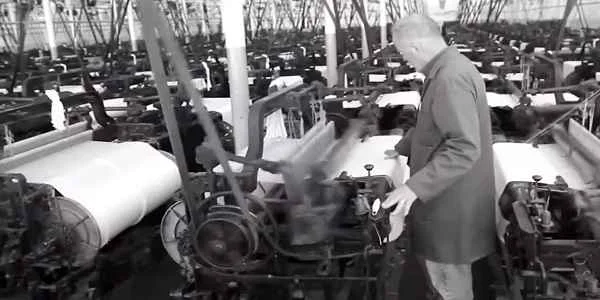The word manufacture comes from the Latin manus (hand) and factus (made) and is defined in every dictionary as making goods by hand or especially by machine.
We can see that this definition is not really complete but we can use it to understand the role of manufacturing in human development.
The history of the development of the manufacturing industry is marked by several stages of development, but the accumulated consequences have become substantial social consequences, so it is appropriate to be considered revolutionary.
Early Development
Manufacturing has been a practice for hundreds of years, beginning with the manufacture of stone, ceramic and metal objects.
The Romans already had glass factories for mass production and many other activities including the mining, metallurgical and textile industries which had implemented the principle of division of labour.
In the early development of the manufacturing industry, most of the manufacturing processes were carried out as individual activities carried out by craftsmen and their assistants.
The ingenuity of the next generation of artisans led to the development of various processes and various products, but the scale of production was severely limited by the manpower available.
Water power supplemented muscle power only in the Middle Ages and only to the extent permitted by the rapid availability of water, limiting the location of industry and the growth rate of industrial production.
First Industrial Revolution
In the late 18th century, the development of the steam engine made it possible to provide energy in large quantities and at many locations.
This led to progress in the manufacturing process as well as facilitated the growth of production and the abundant supply of goods especially in agriculture.
As a result, society also underwent a transformation and subsequently these developments came to be known as the first industrial revolution.
Second Industrial Revolution
This era is characterized by mechanical energy that complements the physical labor of workers such as the use of conveyor belts. The machines were driven by belts from the rotating shafts but the range of mechanization was currently limited.
By the mid-19th century, some of the worker's functions were taken over by machines where mechanical components such as cams and levers were designed to perform relatively simple and repetitive tasks.
Such mechanisms, or hard automation, limit a certain number of jobs, but workers who are left out, along with agricultural workers, will usually find jobs in manufacturing and other service sectors.
In the 20th century, further developments were added with the introduction of electrical energy. Now, the machines are driven separately and the controls based on electric circuits allow a fairly good level of sophistication.
Third Industrial Revolution
Beginning in the second half of the 20th century, further developments began to occur. Computers began to offer computing power unimaginable until recently, and solid state electronics - without transistors - made it possible to build a wide variety of intelligent devices at ever lower costs.
In the early 1970s the microchip was successfully created with hundreds of electronic components embedded in a silicon wafer that allows computing, control, planning and management tasks to be performed at high speed, usually in real time and at low cost.
Computer technology has experienced rapid development after the discovery of semiconductor, transistor and Integrated Chip (IC) technology, making computers smaller in size with less power consumption but increasing computational abilities.
The size of computers is getting smaller so that they can be installed on production machines and replace human labor as production operators.
These consequences have far reached every side of life and it seems that it will continue to grow indefinitely.
However, it is proof that the social impact of these changes will be as fundamental as the impact of the industrial revolution of the 19th century.
A characteristic of this industrial revolution is that, while potentially replacing a large proportion of physical labor, it can also increase and sometimes even replace mental effort.
Some of the consequences of these developments are already evident. Many jobs that are physical and dangerous or tedious work done by machines or robots, are now controlled by computers so that the variety of products increases and the quality increases.
One of the most striking features of development is the dramatic increase in our ability to collect and process information; and it is generally accepted that we have entered the information age.
There are some who believe that we are in the process of developing towards a “postindustrial” society where manufacturing is weaker and a service sector based on information processing will lead to prosperity.

